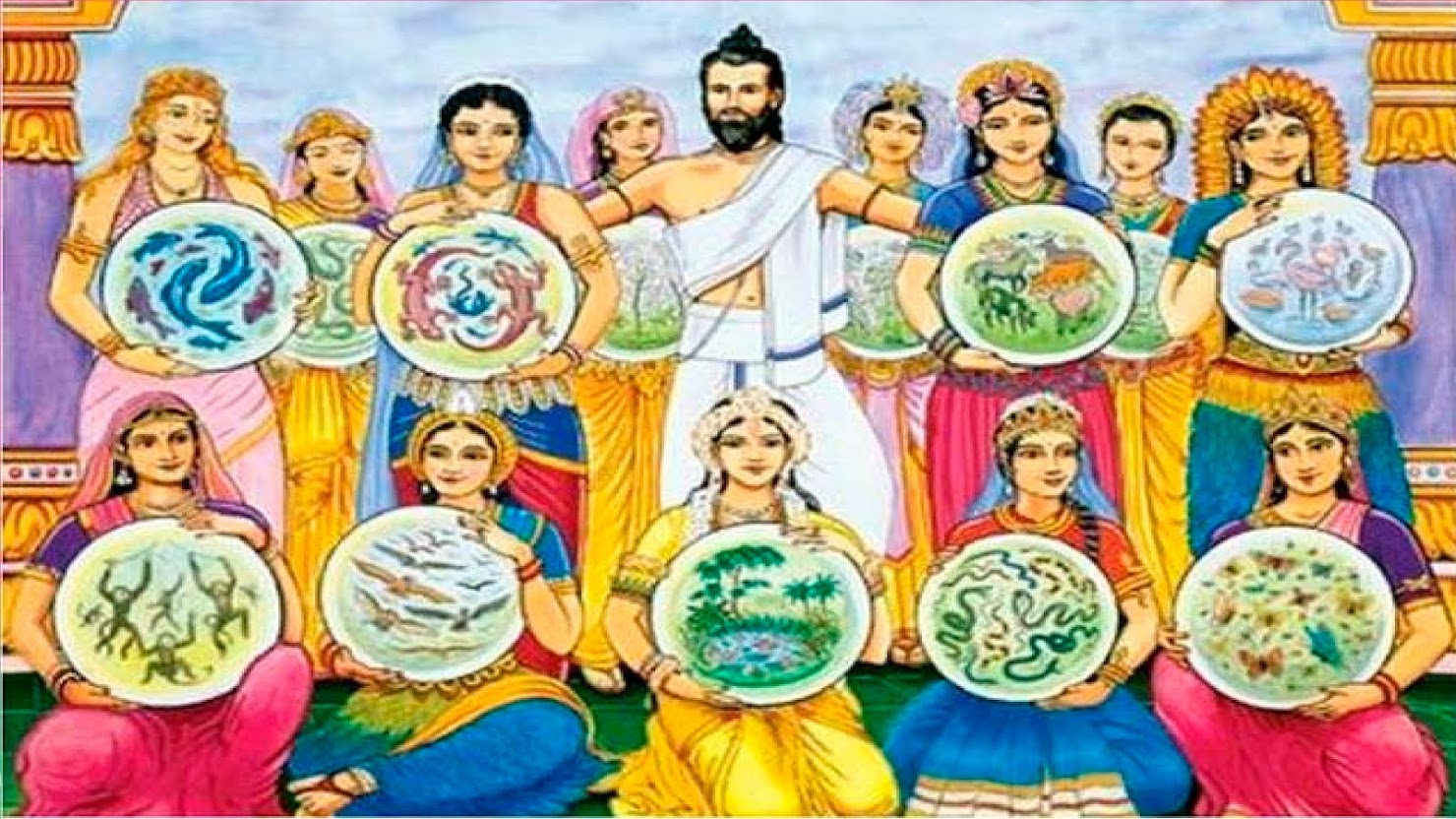 Agastya describes a conflict between two armies led by gods Indra and Maruts, which scholars such as G. S. Ghurye have interpreted as an allegory of a conflict between Arya (Indra) and Dasa (Rudra).
Agastya describes a conflict between two armies led by gods Indra and Maruts, which scholars such as G. S. Ghurye have interpreted as an allegory of a conflict between Arya (Indra) and Dasa (Rudra).https://freeglobaluniversity.blogspot.com/search/label/Indra
Agastya successfully reconciles their conflict, makes an offering wherein he prays for understanding and loving-kindness between the two. Twenty one out of the twenty seven hymns he composed in Mandala 1 of the Rigveda have his signature ending, wherein he appeals, "may each community know refreshment (food) and lively waters". These ideas have led him to be considered as a protector of both the Arya and the Dasa. The theme and idea of "mutual understanding" as a means for lasting reconciliation, along with Agastya's name, reappears in section 1.2.2 of the Aitareya Aranyaka
However, some scholars interpret the same hymns to be an allegory for any two conflicting ideologies or lifestyles, because Agastya never uses the words Arya or Dasa, and only uses the phrase ubhau varnav (literally, "both colors").
Also
Māruti, "son of Maruta" (another name of Vayu deva)
https://freeglobaluniversity.blogspot.com/search/label/Air
Daughter Suyasha
https://freeglobaluniversity.blogspot.com/search/label/Bull



